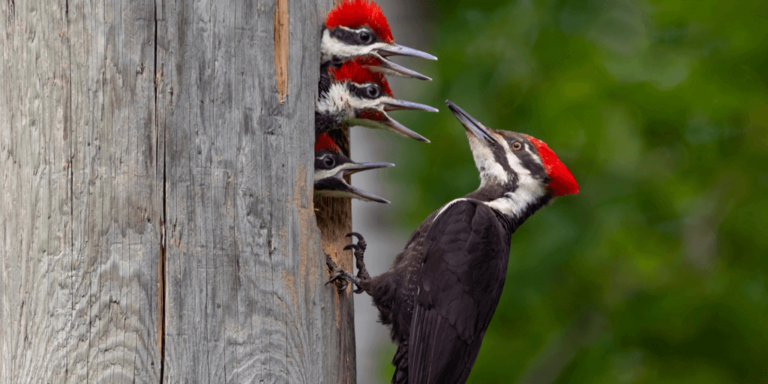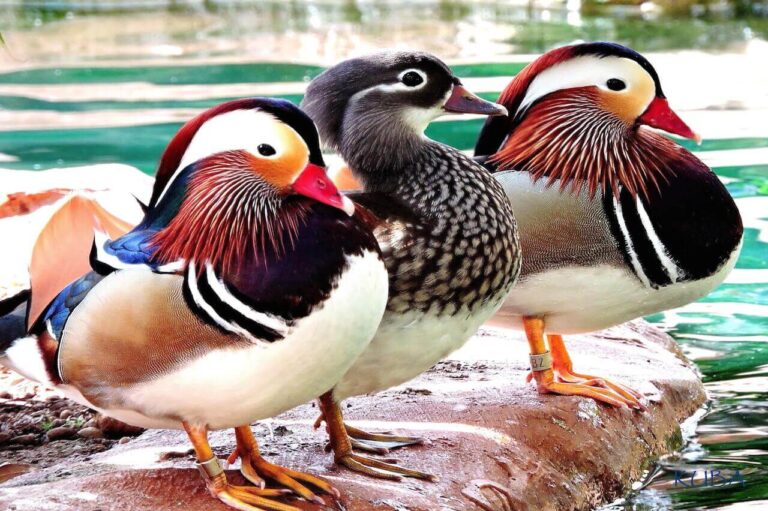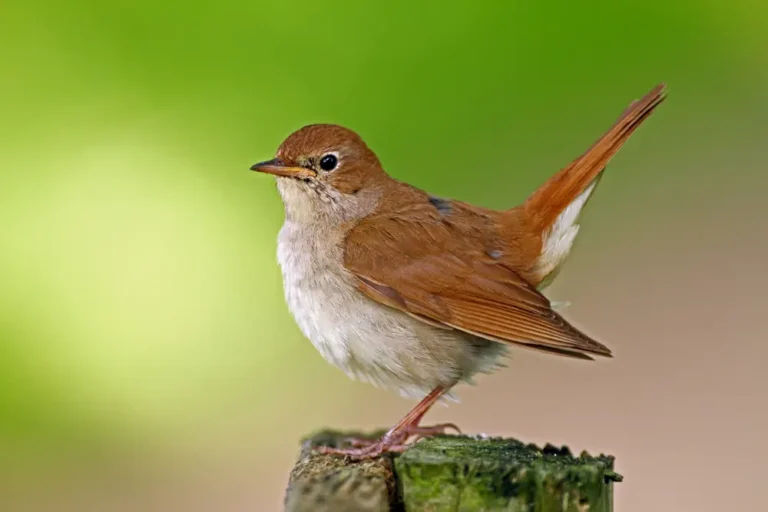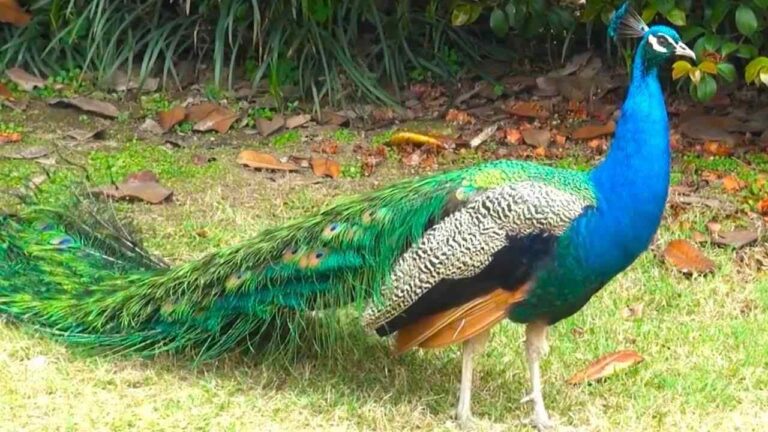Turkey: An In-Depth Look into the Iconic Bird
The turkey is a fascinating bird with deep cultural significance, especially in North America. It has a rich evolutionary history, interesting physical traits, and diverse behaviors. This article delves into the turkey’s scientific classification, physical characteristics, habitat, behavior, diet, reproduction, predators, and conservation status. We’ll also explore interesting facts and their relationship with humans.
Contents
Scientific Classification
- Kingdom: Animalia
- Phylum: Chordata
- Class: Aves
- Order: Galliformes
- Family: Phasianidae
- Genus: Meleagris
- Species: Meleagris gallopavo (wild turkey), Meleagris ocellata (ocellated turkey)
The domesticated turkey (Meleagris gallopavo domesticus) is a subspecies of the wild turkey.
Physical Characteristics

Size and Weight
Turkeys are large birds. The wild turkey can stand 3.5 to 4 feet tall and weigh between 5 to 11 kilograms (11 to 24 pounds), with males being larger than females.
Plumage
Wild turkeys have iridescent feathers that can appear bronze, copper, or gold in sunlight. The ocellated turkey, native to Central America, is even more colorful, featuring striking blue, green, and bronze plumage.
Head and Neck
One of the turkey’s most unique features is its bare, red or blue head with fleshy growths called caruncles. Male turkeys (toms) have a fleshy “snood” hanging over their beak and a “wattle” under their chin, which can change color depending on mood or arousal.
Sexual Dimorphism
Males are significantly larger and more colorful than females. They also have fan-shaped tails and spurs on their legs, used for fighting during mating season.
Habitat
Wild turkeys are native to North America, primarily inhabiting forests, grasslands, and wetlands. They are highly adaptable and can be found in many habitats, including open woodlands, scrubland, and suburban areas.
The ocellated turkey resides mainly in the rainforests of the Yucatán Peninsula in Mexico, Belize, and Guatemala.
Behavior

Social Structure
Turkeys are social birds, living in flocks that consist of a dominant male, several females, and their offspring. During mating season, males will gather in leks, where they display and compete for the attention of females.
Vocalizations
Turkeys are vocal birds with over 30 distinct calls, the most famous being the “gobble” of the male during mating season. Other sounds include purrs, yelps, and clucks, used for communication within the flock.
Flight and Mobility
Though turkeys appear bulky, they are surprisingly agile. Wild turkeys can run up to 20 mph and fly short distances at up to 55 mph. They roost in trees at night for protection.
Diet
Turkeys are omnivores with a diverse diet that includes:
- Plants: Seeds, grasses, nuts, and berries.
- Insects: Grasshoppers, beetles, and caterpillars.
- Small Animals: Occasionally, they may consume amphibians or small reptiles.
Their diet varies depending on the season, with a heavier reliance on insects during the warmer months and plant material in the fall and winter.
Reproduction
Mating Rituals
During spring breeding, males fan their tails, puff their feathers, and make loud gobbling calls to attract females. This display is often accompanied by shaking their wings and dragging their primary feathers on the ground.
Nesting
Female turkeys lay their eggs in shallow nests on the ground, often hidden among dense vegetation. A typical clutch consists of 10-14 eggs, which are incubated for about 28 days.
Offspring
Once hatched, the chicks (called poults) are precocial, meaning they are relatively mature and mobile from birth. They stay close to their mother, learning to forage for food, and can fly short distances within two weeks.
Predators
Wild turkeys face a range of predators, including:
- Mammals: Coyotes, bobcats, raccoons, and foxes.
- Birds of Prey: Eagles, hawks, and owls.
- Reptiles: Snakes, especially those targeting eggs or young poults.
Human activity, including hunting, poses a significant threat, although regulated hunting helps manage turkey populations.
Conservation Status
The wild turkey is listed as a species of Least Concern by the IUCN due to successful conservation efforts. By the early 20th century, wild turkey populations had dramatically declined due to overhunting and habitat destruction. However, aggressive reintroduction programs, habitat preservation, and regulated hunting have led to a significant population recovery.
On the other hand, the ocellated turkey is listed as Near Threatened due to habitat loss and overhunting in its native range.
Interesting Facts
- Benjamin Franklin’s Favorite Bird: Benjamin Franklin preferred the wild turkey over the bald eagle as a symbol of the United States, praising its resourcefulness and bravery.
- Eyesight: Turkeys have excellent vision, better than humans, and can see in color. Their field of vision is about 270 degrees, making it hard to sneak up on them.
- Domestication: Turkeys were first domesticated by the indigenous peoples of Mexico around 2,000 years ago and were later introduced to Europe by Spanish explorers in the 16th century.
Evolutionary History
Turkeys belong to the Galliformes order, which includes pheasants, chickens, and quails. Fossil evidence suggests that turkeys originated in North America around 20 million years ago. The domesticated turkey is a descendant of the wild turkey, which was first brought to Europe in the 16th century, where selective breeding for size and temperament began.
Relationship with Humans
Cultural Significance
Turkeys have played a prominent role in North American culture, particularly in the United States, where they are synonymous with Thanksgiving. Native American tribes also considered the turkey a sacred bird, often using its feathers in rituals and headdresses.
Domestication and Farming
Modern domesticated turkeys have been bred primarily for meat production. These birds grow faster and larger in commercial farming than their wild counterparts. Unfortunately, this selective breeding has also led to health problems, such as difficulty walking and disease susceptibility.
Hunting and Conservation
Regulated hunting has been a key factor in turkey conservation. Hunters contribute to funding wildlife management programs, which in turn help maintain healthy turkey populations.
Conclusion
The turkey is an iconic bird with a rich natural history, fascinating behaviors, and a deep cultural significance. While wild turkey populations are thriving today thanks to conservation efforts, the ocellated turkey faces challenges due to habitat loss. The turkey’s relationship with humans spans millennia, from its domestication to its role as a symbol of celebration. As a resilient species, turkeys continue to captivate our imaginations and play a crucial role in ecosystems across North America.
- Golden Retriever Pros and Cons: What Every Pet Parent Should Know - 15 September 2025
- Cane Corso Dog Breed: Health, Care, and Lifespan - 14 September 2025
- Catahoula Leopard Dogs: Description, Temperament, Lifespan, & Facts - 21 July 2025







